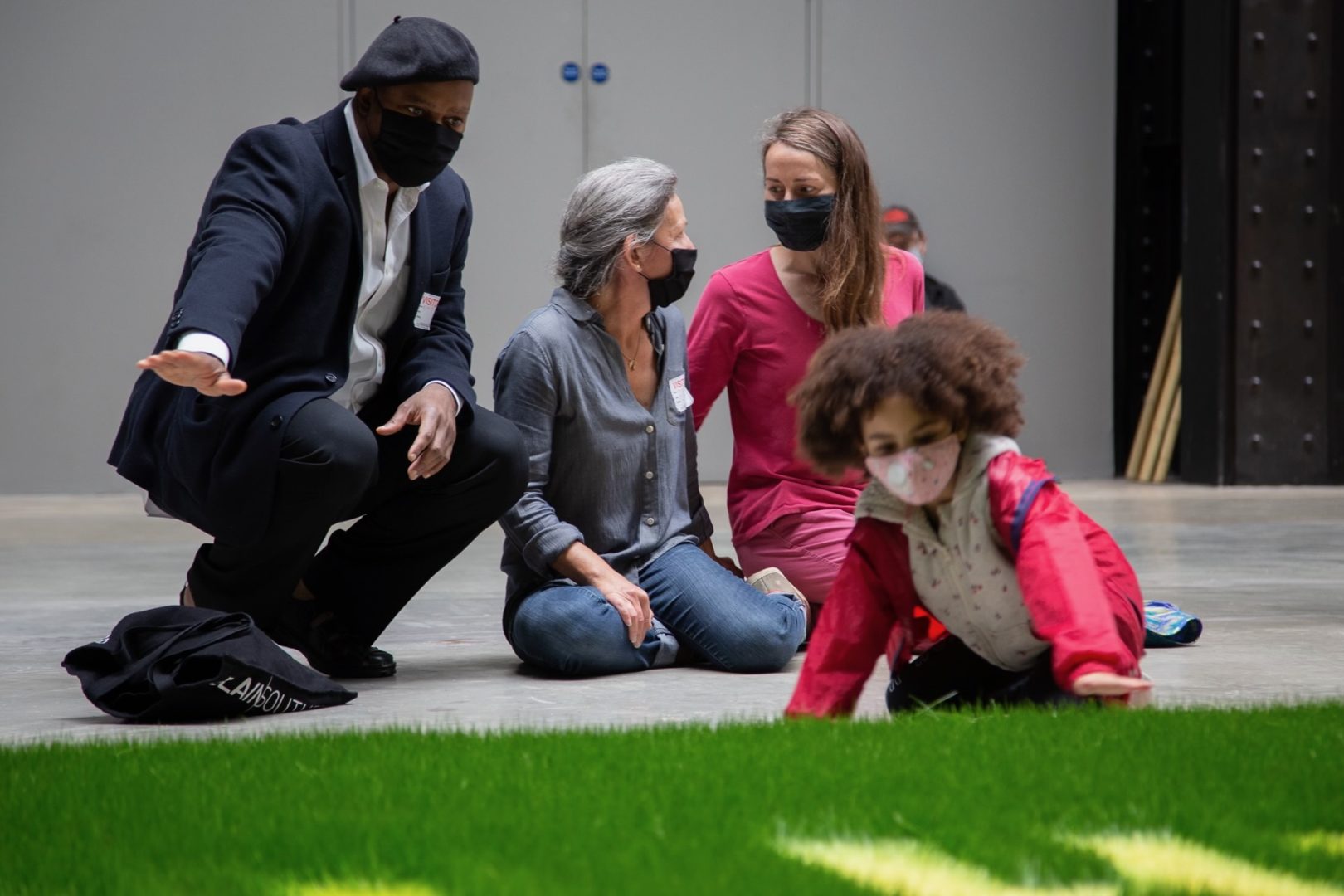Kelly Hill and Michael Pawlyn collaborate as an interdisciplinary pair on creative projects for exhibition, publication and on-line. Their work together enhances each of their areas of specialism.
Michael Pawlyn has been described as a leading practitioner in regenerative design and biomimicry. His TED talk on nature-based solutions and innovation has had over two million viewings. In 2019 he jointly initiated ‘Architects Declare a Climate and Biodiversity Emergency’ which has since spread to 23 countries.
Kelly Hill is a photographer, curator and artist. As a co-founder of Culture Declares Emergency and Writers Rebel she curated the Paint the Land projects. Linking high-profile writers and visual artists to create landscape works to address the climate and ecological emergency.
(Cover picture shows Kelly with Ben Okri, Charlotte Jarvis at Tate for the launch of On the Shore / Paint the Land – Working with the artists, Ackroyd & Harvey, Ben Okri, Writers Rebel Collective, for a performative work in two acts to address the climate and ecological emergency.) Photo by Elaine Duigenan
Michael Pawlyn
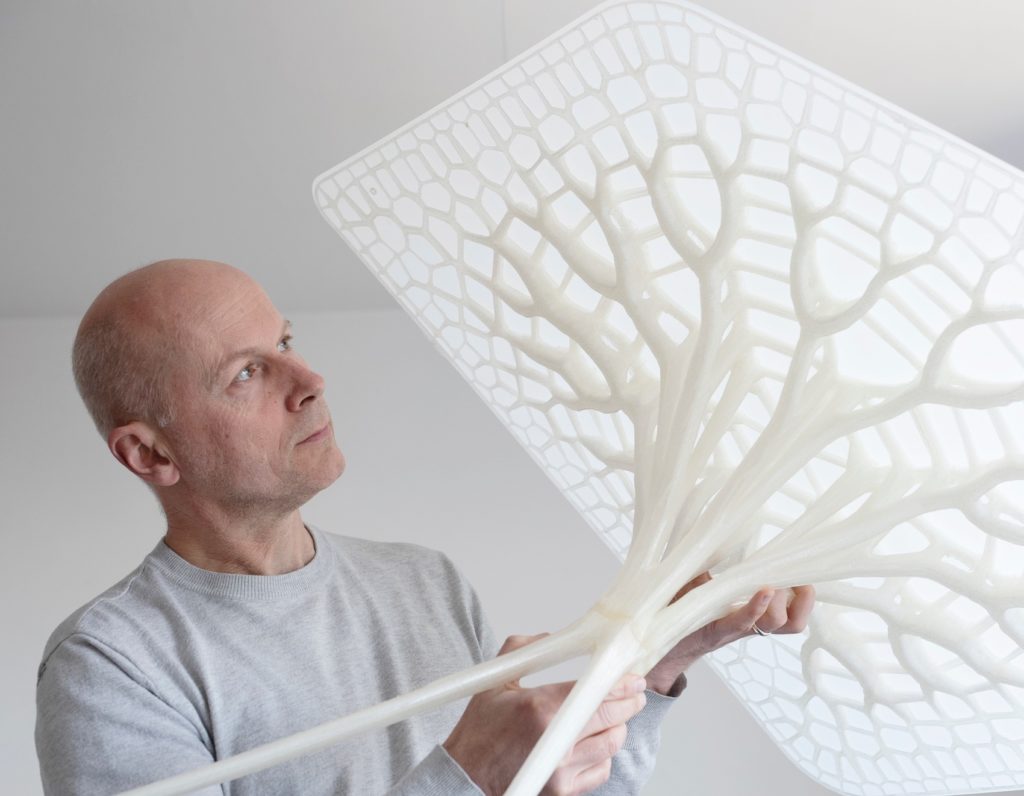
Michael Pawlyn established Exploration Architecture in 2007 to focus on high performance buildings and solutions for the circular economy. The company has developed a ground-breaking office project, an ultra-low energy data centre, a zero waste textiles factory and progressive solutions for green cities. Michael Pawlyn jointly initiated the widely acclaimed Sahara Forest Project; the latest version of which was opened by the King of Jordan in 2017.
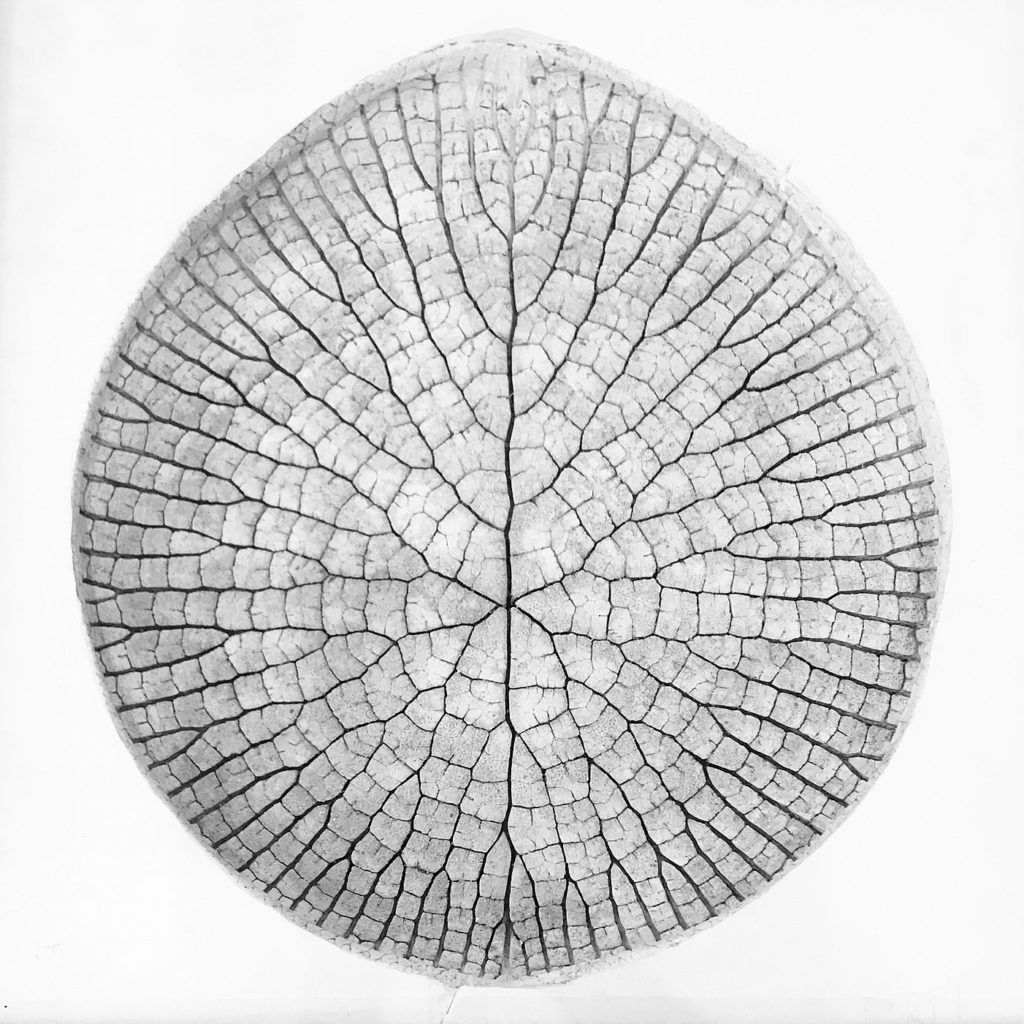
Exploration Architecture (Team: Alizee Cugney and Michael Pawlyn), Photography by Kelly Hill
Biomicry in Architecture
Prior to setting up Exploration, Michael Pawlyn worked with Grimshaw for ten years and was central to the team that designed the Eden Project in particular leading the design of the Warm Temperate and Humid Tropics Biomes. He has written two books – Flourish: Design Paradigms for Our Planetary Emergency (with Sarah Ichioka) and Biomimicry in Architecture – both of which have been the respective publisher’s best-selling title.
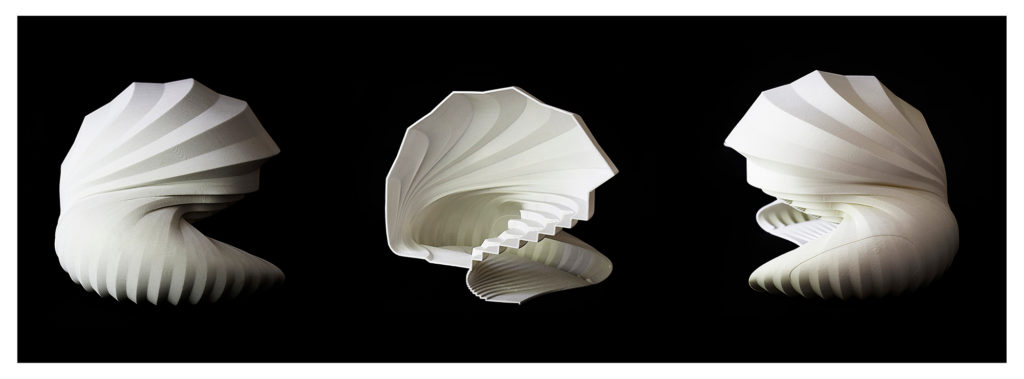
Kelly Hill
Kelly Hill and Michael Pawlyn have collaborated on projects including Flourish (Pawlyn & Ichioka), Beuy’s Acorns (Ackroyd & Harvey), Future Knowledge (Modern Art Oxford) and Designing with Nature (The Architecture Foundation).
What it is to be part of nature ?
Using the medium of photography, drawing, walking, making and installation, Kelly Hill investigates what it is to be a part of nature and how we can establish a reciprocal relationship with it. She examines how our interactions with the natural world have shifted – metaphorically, politically, and climatically.
On her residency at Groundwork Gallery in 2023, which resulted in the exhibition The Ground Beneath Our Feet Kelly became captivated by chalk and made a series of works titled Creta that explored the beauties and threats to the very fragile chalk rivers of Norfolk.
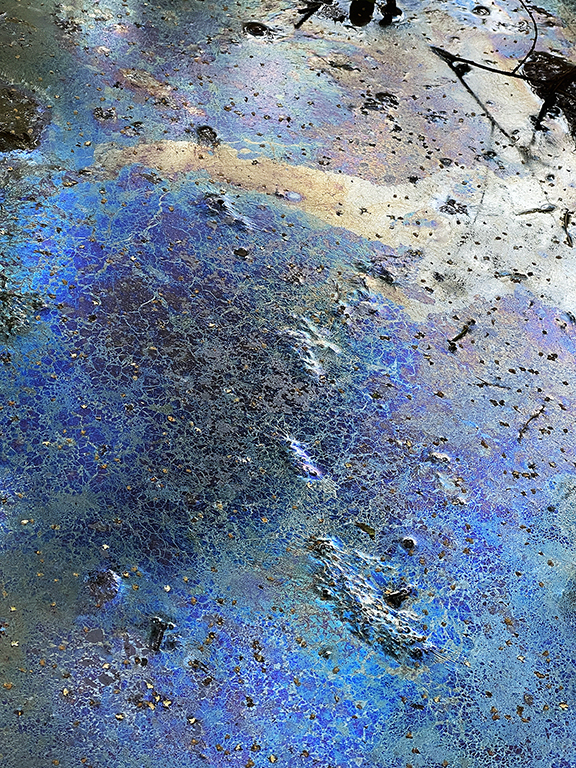

While studying the landscape in the Sierra Maria-Los Vélez Natural Park, Andalucía, Kelly observed how farmers were struggling with the lack of rain that replenished the water source. This area is one of the most vulnerable regions in Europe to climate change and without careful land and water management desertification of this region will intensify. In this picture water lilies have been both scorched by the intense sun and overwhelmed by blanket weed.

